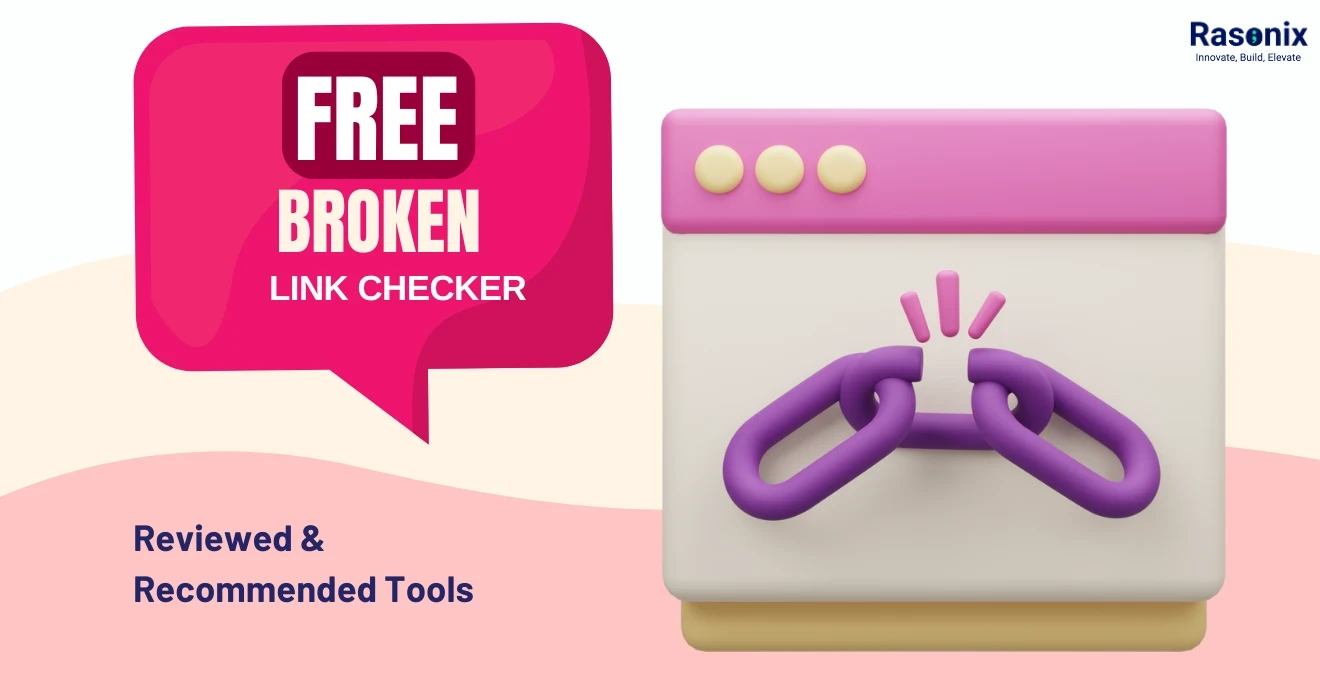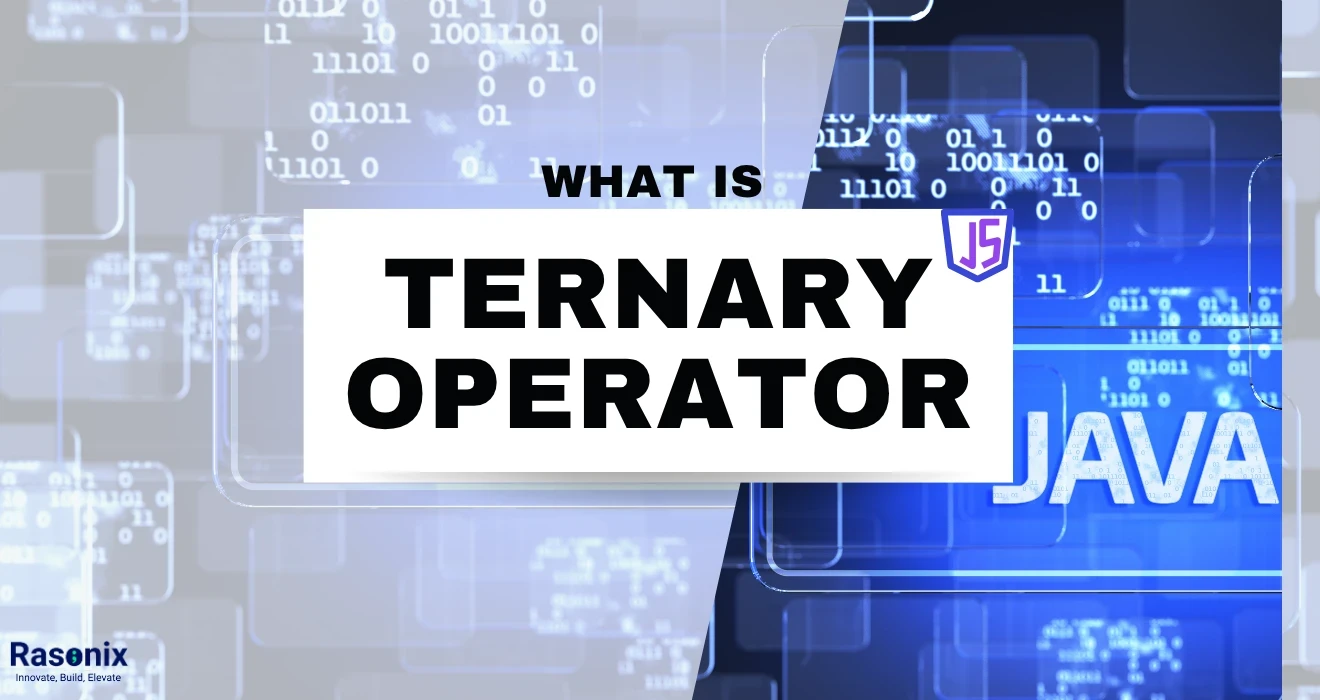Have you ever considered what occurs in the background when you complete a form, push a "Buy Now" button, or watch your favourite television show online? The magic occurs in the backend of web development. This is the strong layer of web technology that users rely on but cannot see. This component of a website manages everything from server interactions to database communications and business logic.
Backend web development is server-side coding. It's all about how the site behaves, is updated, and modified. It's the underpinning that drives user-facing functionalities, making sure data is processed, stored, and returned in the correct manner. Without backend development, dynamic sites such as e-commerce websites, social networking sites, or content streaming websites simply wouldn't be possible.
In this blog, we’ll take a deep dive into the most popular and powerful backend web development languages. You’ll explore a comprehensive list of backend web development languages, understand their use cases, and discover which one might be the best fit for your next project.
Why Backend Languages Matter
Backend web development languages are the backbones of any interactive website or application. They determine how smoothly your website performs, how scalable it can grow, and how secure it is. Selecting the correct language is similar to placing the right type of bricks for a strong, long-standing building.
Front-End vs. Back-End Explained
Before going deep into backend technologies, let's make the distinction between the two most important areas of web development: front-end and back-end.
The front end is the user interface, the page layout, design, and interactivity people interact with directly in their browsers. It's constructed using languages such as HTML, CSS, and JavaScript. The back end, on the contrary, is the server side. It receives requests, deals with databases, authenticates users, and makes sure that the website works smoothly.
List of Front-End Web Development Languages:
- HTML
- CSS
- JavaScript
Backend Languages are the engines that power server-side code and application functionality. Without backend web development languages, web applications would be static and unaware of user inputs.
The Synergy
Front-end and back-end are combined together to form a complete web experience. Front-end takes the input from the user and passes it on to the back end, which processes and saves it. Afterwards, the back-end returns the suitable response for the front-end to show. It's this smooth coordination that drives the internet today.
Top 7 Backend Web Development Languages - A Complete List
Backend development does not depend on one language. Rather, there is a set of robust backend web development languages, each with its own strengths. Below is an in-depth description of the most popular and admired languages in the backend community.
Python

Also, take a look at: Top 15 Python Frameworks List to Know in 2025
|
Major Features
|
Easy to read, quick to write, highly adaptable
|
|
Applications
|
Web applications, AI, machine learning, automation
|
|
Frameworks
|
Django, and Flask both are effective, secure, and scalable
|
JavaScript (Node.js)

Also, take a look at: How to Fix CSS Margin Collapse | Javascript, Flexbox
|
Major Features
|
Non-blocking, asynchronous, high-speed
|
|
Use Cases
|
Real-time applications, APIs, single-page applications
|
|
Frameworks
|
Express.js - the most popular js backend framework
|
PHP

Also, take a look at: array_unique Preserve Keys in PHP: A Comprehensive Guide
|
Key Characteristics
|
Server-side scripting, community support
|
|
Use Cases
|
WordPress, web portals, e-commerce
|
|
Frameworks
|
Laravel, Symfony - modern, feature-rich frameworks
|
Ruby

|
Key Characteristics
|
Elegant syntax, high productivity
|
|
Use Cases
|
Prototyping, full-stack applications
|
|
Frameworks
|
A mature, convention-over-configuration framework
|
Java

|
Key Characteristics
|
Highly portable, secure, object-oriented
|
|
Use Cases
|
Large-scale enterprise software, Android
|
|
Frameworks
|
Spring Boot - Modular, fast, and enterprise-ready
|
Go (Golang)

|
Key Features
|
Lightweight, high-performance, excellent concurrency support
|
|
Use Cases
|
APIs, networking, microservices
|
|
Frameworks
|
Gin, Echo - minimal but mighty
|
C# (.NET)

|
Key Features
|
Modern syntax, Windows-native, very scalable
|
|
Use Cases
|
Enterprise web applications, games, cloud services
|
|
Frameworks
|
ASP.NET Core - best for creating secure and fast web applications
|
Which Language is Best for Backend Web Development
There is no one best. The "best" is determined by your project requirements, team skills, performance requirements, and long-term supportability. Python is best for quick development, Java for enterprise-level applications, and Node.js for real-time applications.
Top 10 Backend Web Development Languages
Want to know which backend web development programming languages are in demand? Check out this list based on industry usage, job market demand, GitHub usage, and Stack Overflow trends.
|
JavaScript (Node.js)
|
Full-stack capabilities, lightning speed
|
|
Python
|
Ideal for automation and machine learning implementations
|
|
Java
|
The core of numerous financial and corporate systems
|
|
C# (.NET)
|
Very large in corporate settings, particularly with Microsoft technology
|
|
Go (Golang)
|
Popular due to speed and efficiency
|
|
PHP
|
Still ruling the CMS and web hosting spaces
|
|
Ruby
|
Used by startups for MVPs
|
|
Kotlin
|
Becoming popular in backend Android and server development
|
|
Rust
|
Famous for safety and performance
|
|
Scala
|
Ubiquitous in data engineering and backend APIs
|
These languages are today's top dogs in backend development, with backend web development languages such as JavaScript, Python, and Go taking the lead owing to flexibility and extensive usage.
Backend Frameworks: Amplifying Your Development
Frameworks make high-level languages even more capable. They bring form, reusable parts, and security features.
What Are Web Frameworks?
Web frameworks provide standardized means of building and deploying applications more quickly. Rather than writing everything from the ground up, programmers trust frameworks to expedite things and prevent bugs.
Why Backend Frameworks Are Important
They boost productivity, enhance maintainability, and have built-in features for authentication, routing, and database integration.
Top Backend Frameworks by Language:
|
Node.js
|
Express.js
|
|
Python
|
Django, Flask
|
|
PHP
|
Laravel, Symfony
|
|
Ruby
|
Ruby on Rails
|
|
Java
|
Ruby on Rails
|
The proper backend framework can greatly increase your development rate and code quality.
Full Stack Developer Languages: Connecting Front-End and Back-End
A full-stack developer knows both the client side and the server side. They can handle everything from UI layout to backend functionality, so they're extremely versatile.
Popular Full Stack Developer Languages:
|
JavaScript
|
With Node.js and libraries like React or Vue, you can create full apps with just one language.
|
|
Python
|
When combined with HTML, CSS, and JavaScript.
|
|
C# or Java
|
Routinely utilized in enterprise full-stack development.
|
Why Full Stack Development Is in Demand
Companies appreciate individuals who can handle everything. Full stack developers can prototype quickly, manage varied issues, and work across teams. JavaScript's dual dominance in both the browser and server sides makes it an excellent choice among full stack developer languages.
Node.js Deep Dive: Why It's a Game Changer for Backend Development
Node.js is not a language, but a runtime that enables developers to execute JavaScript on the server. It's transformed backend development with the ability of JavaScript to become full-stack.
Why Developers Love Node.js
|
Speed
|
Powered by Chrome's V8 engine
|
|
Scalability
|
Perfect for microservices
|
|
Community
|
Enormous support and a huge npm package ecosystem
|
Node.js gives developers the ability to code backend and frontend in the same language, simplifying workflows and minimizing context switching. That's why it's always among the top backend web development languages.
Is HTML Backend or Frontend?
The answer is simple: HTML is 100% a frontend language. It structures content in the browser, with no logic or server-side function. It’s often confused due to its fundamental nature, but it never handles server requests or data processing.
Understanding the distinction helps prevent misconceptions when learning about backend web development languages.
What is the Best Backend for Web Development?
To choose the best backend technology, consider:
- Project Type: Real-time app vs. CMS.
- Performance Needs: Heavy traffic, data-intensive operations.
- Scalability: Does the language and framework have room to grow with your userbase?
- Learning Curve: Are you or your team already familiar with a similar language?
- Community & Tools: Strong community translates to better support and more plugins.
Each of the backend web development languages that we've talked about has its niche. The best backend is the backend that fits your project like a glove.
Conclusion:
Backend development is the behind-the-scenes hero of today's web experiences. It's the engine that makes apps react, grow, and remain secure. With Python and Node.js, Go and Java, the world of backend web development languages is diverse, vibrant, and teeming with possibility.
Now that you've examined the strongest backend programming languages, the leading backend frameworks, and grasped the full stack range, it's time to act. If you’re exploring backend technologies, following a full stack roadmap will help you balance frontend and backend skills effectively.
Ready to Develop Your Dream Web Application?
At Rasonix, we're experts in developing strong backend architectures that scale and perform. Whether you're launching a startup, overhauling an existing product, or building enterprise-level platforms, our programmers are proficient in the leading backend web development programming languages and technologies.
Call Rasonix today for a complimentary consultation and let's turn your vision into reality, code that is fast, secure, and designed to scale.

























 Subscribe Now
Subscribe Now